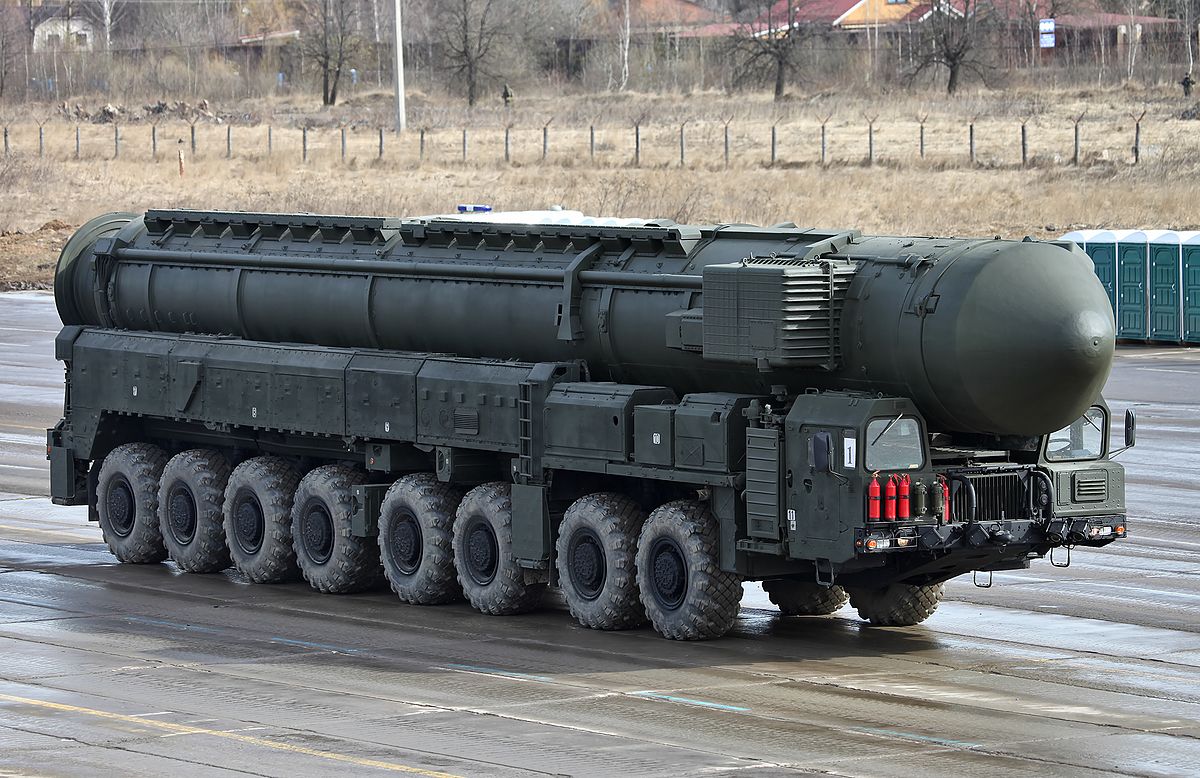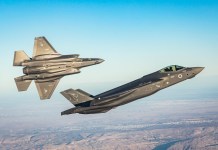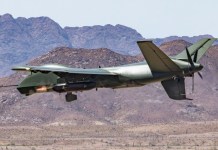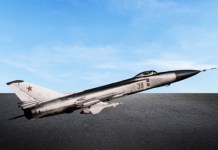Russia will allow US teams to inspect its RS-28 Sarmat (or Satan-2) nuclear-capable Intercontinental Ballistic Missile (ICBM) by February 2024, RIA Novosti reported, marking a rare moment of de-escalation amidst the highest strategic and political tensions between the two countries over the war in Ukraine.
Advantage LCA Tejas? Philippines Grounds Korean FA-50 Fighters; Both Jets Are Competing For Malaysian & Egyptian Contracts
Top Stealth Jets Not Enough; US Air Force Hints At Adding More ‘Fighters’ To Counter China In The Indo-Pacific
Part of the New Strategic Arms Reduction Treaty (New START or START-III) that caps the number of deployable strategic nuclear warheads to 1,550 was extended in early 2021 when the President Joe Biden administration came to power – ten years after it was signed between then-President Barack Obama and President Vladimir Putin.
Up to 18 inspections of strategic nuclear weapons facilities can be carried out annually by either side to verify if the other is complying with the treaty’s limits.
Earlier this month, the Biden administration called for the need to revive weapons inspection activities, making it the condition to replace the treaty with a stronger arm and nuclear control pact.
WION news quoted an email from a US National Security Council spokesperson: “The first step is to resume inspections under the existing New START Treaty, and we have been trying to work with the Russians towards that end.” Inspections also could not be carried out owing to the Covid-19 outbreak.

Russia’s ‘Crowning Achievement’ & ‘Engineering Miracle’
Russia only wielded the Sarmat last week before the US and Europe, with the CEO of JSC Makayev Design Bureau Vladimir Degtyar telling TASS that the missile “will leave its silo under any conditions and fulfill its task with 100% certainty.”
The Sarmat can deliver Multiple Independent Re-entry Vehicles (MIRV) anywhere on the planet, with the “crowning achievement” and “engineering miracle” being the “impregnable shield of nuclear deterrence and a guarantee of peace.”
The Sarmat is 116 feet long (35.3 meters) and weighs 220 tons. Degtyar also maintained that the underground silo for the Sarmat was a complex engineering structure that protected the missile from conventional and nuclear high-precision strikes.
The missile is said to be able to adopt various flight trajectories to overcome any existing and future anti-missile defense system and can also deliver hypersonic missiles.
While western commentators have accused Russia of nuclear brinkmanship, Russian officials clarify that they will use atomic weapons only in case of an existential threat to the nation, implying it won’t be a first-choice warfighting tool.
This is reflected in Degtyar’s statement where he said the Sarmat would reliably ensure the security of Russia from external threats for 40-50 years.
On August 31, Reuters quoted Kremlin spokesperson Dmitry Peskov as saying there were “signals” on a possible resumption of talks to extend the New START but added that there was no significant progress yet.

Russia Willing To Show Sarmat To US
RIA Novosti confirmed that Russia is willing to allow US inspection teams to see the Sarmat by February 2024 and is expected to join the Strategic Missile Forces soon, following a contract for the manufacture and supply of the missile was signed at this year’s Army 2022 defense exhibition.
Its first launch took place on April 20 from the Plesetsk Cosmodrome. The Sarmat will replace the Soviet-era RS-20V Voevoda, which the West and NATO dubbed “Satan,” with Degtyar calling the Sarmat Satan-2.
Until February 20, 2024, the Krasmash enterprise plans to drive “training and conducting the procedure for demonstrating RS-28 ICBMs to the American inspection group.”
“The inspection team will be shown the complete missile without the warhead, its first stage, and the transport and launch container. During the show, measurements will be taken using a tape measure, dynamometer, levels, plumb lines, and rods. In addition, it is planned to produce 20 color photographs,” the RIA Novosti report added.
US Desperate To Have Arms Inspections?
Earlier this month, Real Clear Defense published a paper by Dr. Mark B Schneider, a senior analyst with the National Institute of Public Policy.
Schneider quoted a State Department report to Congress that raised what looked like an alarm about “the United States and Russia not (having yet) resumed regular inspections under New START since they were suspended in 2020 due to the coronavirus pandemic.”
Interestingly, the State Department acknowledged that the Russian Federation complies with New START. “The United States certifies the Russian Federation to comply with the terms of the New START Treaty,” Schneider’s paper quoted from the State Department study.
He also mentions a July 22 Arms Control Association article that said, “Russia continues to adhere to New START…despite its illegal war on Ukraine.”
“This is evidenced by the most recent data exchange under the treaty March 1 and the test of a new nuclear-capable intercontinental ballistic missile called the Sarmat April 20, about which Washington received advance notice due to the treaty requirements,” the ACA article said.
- The author can be reached at satamp@gmail.com
- Follow EurAsian Times on Google News





